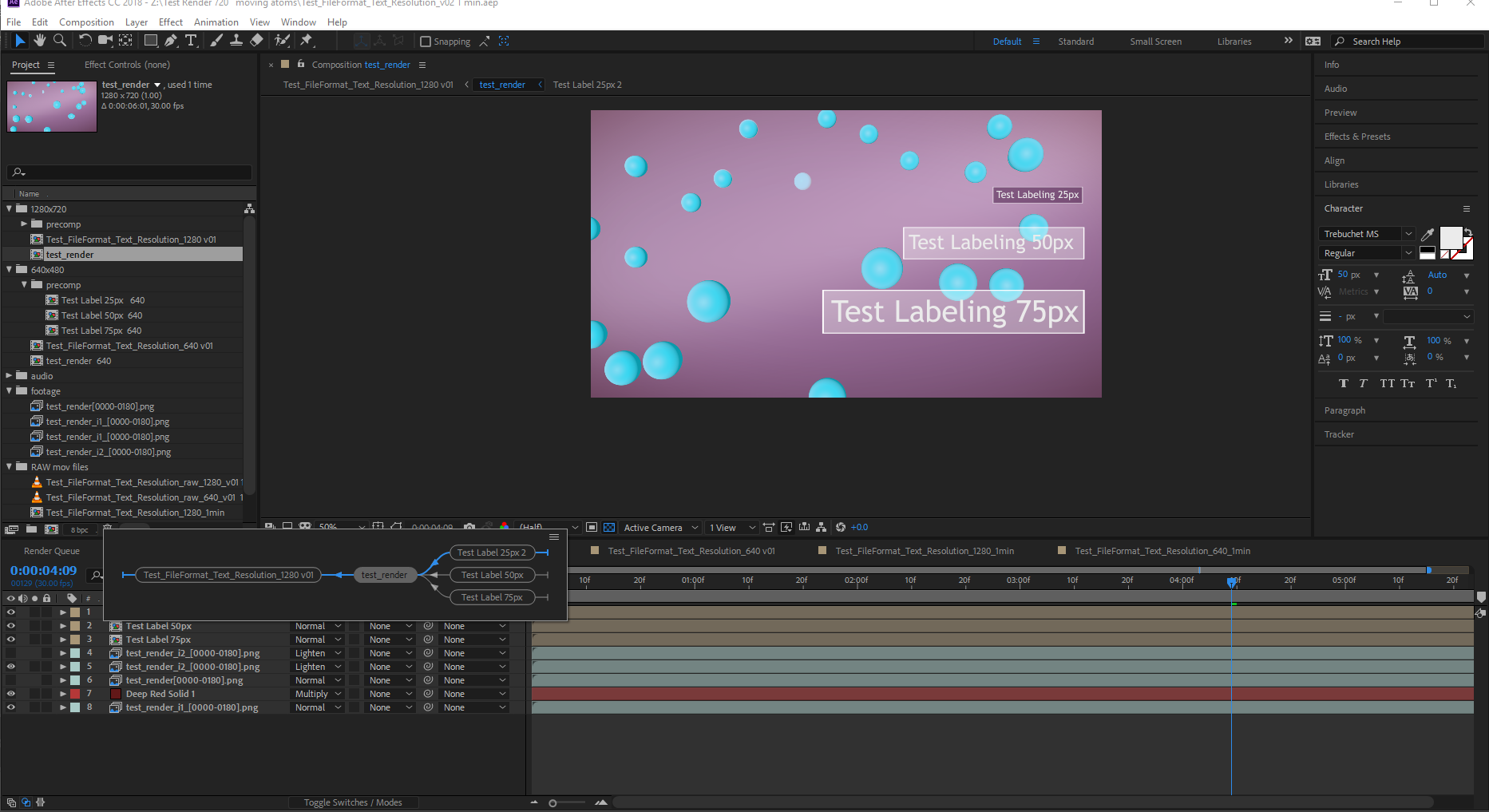History of profession
Education and professional focus
What is medical visualization
Process
Shlomo Spaeth, MS CMI
Sr. Medical Experiential Designer
History of profession

Prior to the Founding of the Association of Medical Illustrators
For over 2000 years artists have illustrated the intricate structure of the body, creating images to elucidate medical procedures and record the pathologies of the body. These illustrations have often endured long after the text of a tome.
Medical illustration created for instruction first appeared in Hellenic Alexandria during the 4th century BC or early 3rd century BC. Created on individual sheets of papyrus, Hellenic illustration covered anatomy, surgery, obstetrics and plants of medical value.
Early anatomic illustration centered on the five-figure series, with each figure representing an organ system diagrammed within a body in a squatting pose, limbs splayed. In contrast, surgical illustrations were more naturalistic covering a wide range of medical procedures.
History of profession
Renaissance
The Renaissance gave us Leonardo da Vinci, the first medical illustrator in the contemporary sense. Stunningly inventive, he melded a scientific understanding of anatomy with great artistic skill. Leonardo pursued his own anatomy book, and pioneered the use of cross sections and exploded views. Lacking the temperament and resources to publish his work, Leonardo's 800 anatomical drawings remained unpublished until the 1800's.
History of profession
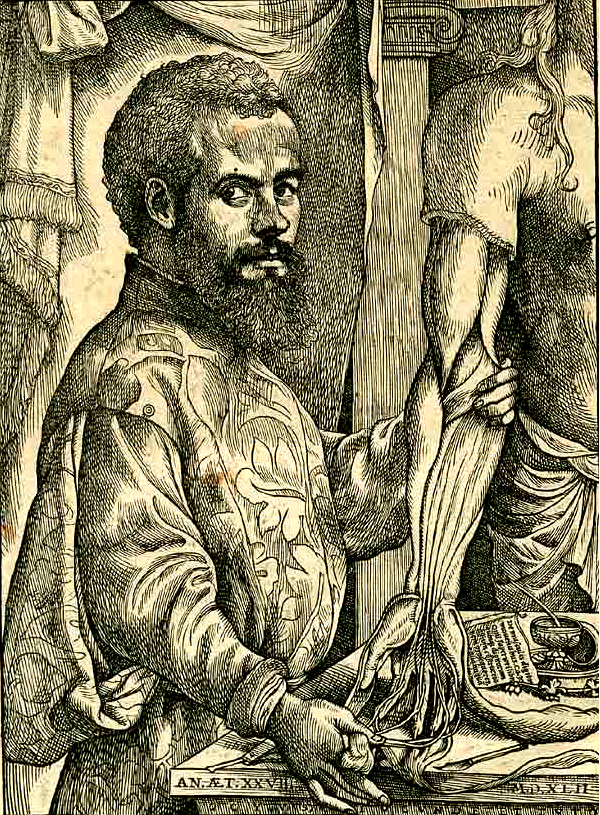
Side Eye Vasalius:
Major Atlases of Anatomy
As Leonardo neared the end of his career, Andreas Vesalius began his medical career by authoring and publishing De Corpus Fabrica Humani, the most well known book of anatomy ever. Completed in just four years, it influenced medical illustration for centuries. While much is known about Vesalius and the printing of the Fabrica, little is known about the artists who illustrated it leading to speculation revolving around Titian's circle.In 1725 Berhard Siegfried Albinius of Leyden in the Netherlands asked the Dutch artist and engraver Jan Wandelaar to assist him with a new painstakingly accurate anatomy text. Twenty-eight years were spent producing two books devoted to muscular and skeletal anatomy. The full length plates' graceful poses and lush backgrounds owed much to the Fabrica, but the work was original, unprecedented in accuracy and beautifully engraved.
In the 19th century new printing techniques allowed illustrators to work in a variety of media. Color printing was refined and became practical, helping usher in color atlases of pathology and colorful anatomy books for the public.
History of profession
Medical Illustration in America
Frank Netter and Brödel At the end of the 19th century a young artist was persuaded to leave his native Germany and pursue medical illustration at Johns Hopkins. Almost singlehandedly he would create and define the profession of medical illustration. While his magnificent illustration work in pen and ink, and carbon dust, a technique he devised, are an immense legacy, Brödel's most significant legacy is the first school of medical illustration.by Alan E. Branigan
Condensed from The History of the Association of Medical Illustrators 1945-1995
edited by Robert Demarest © AMI 1995
What is medical visualization?
Venn diagrams of medical visualization. The components.
Don't Do it backwards
Purpose / Audience Level
So kawaii
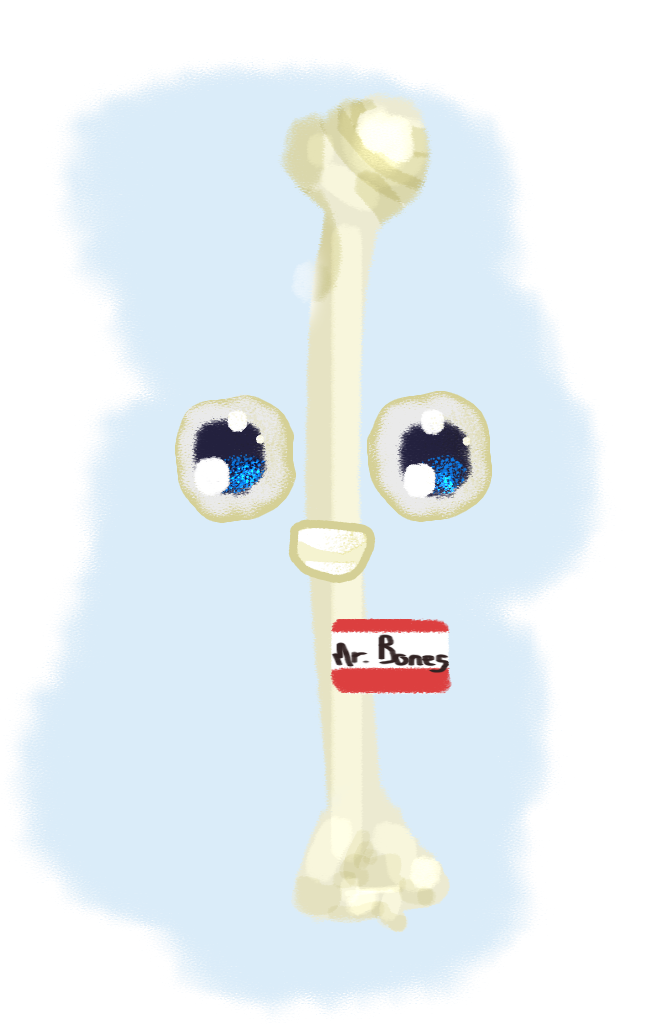
Regions
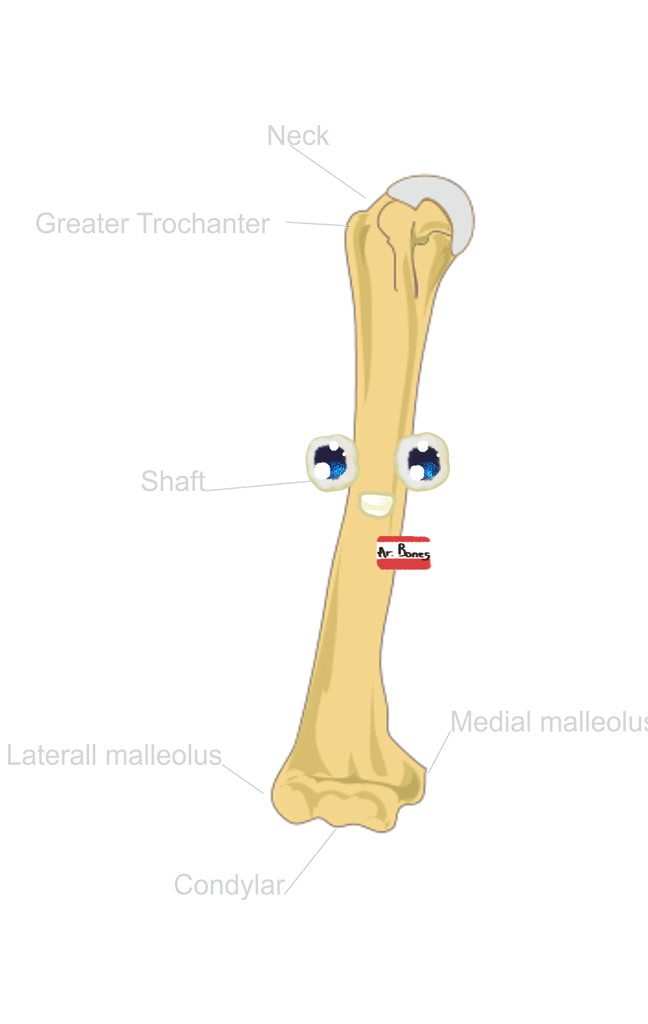
Dips and curves
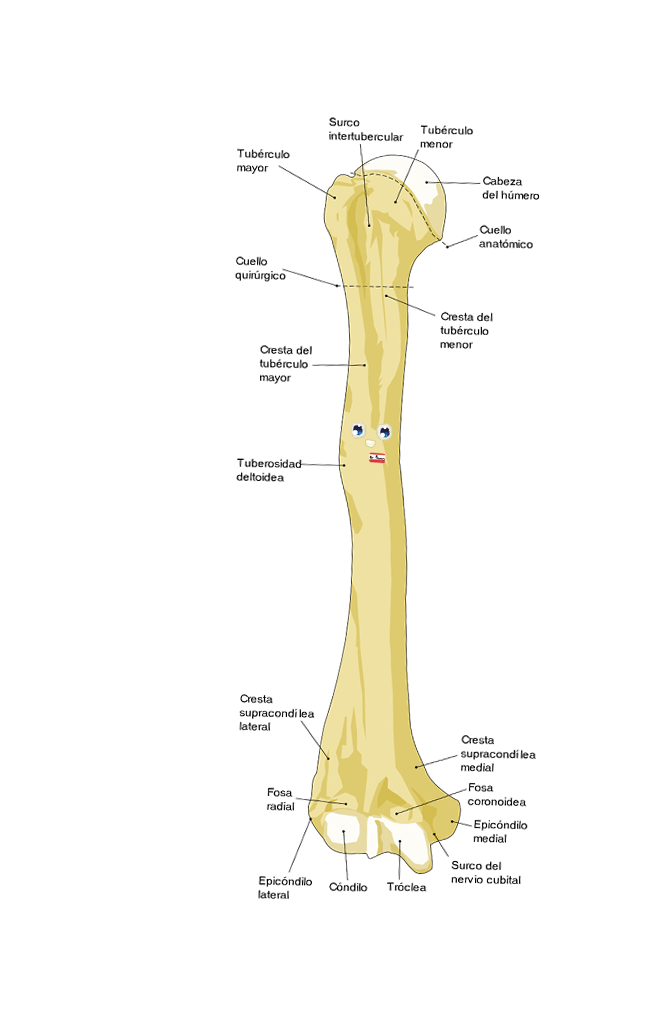
Muscle Insertions
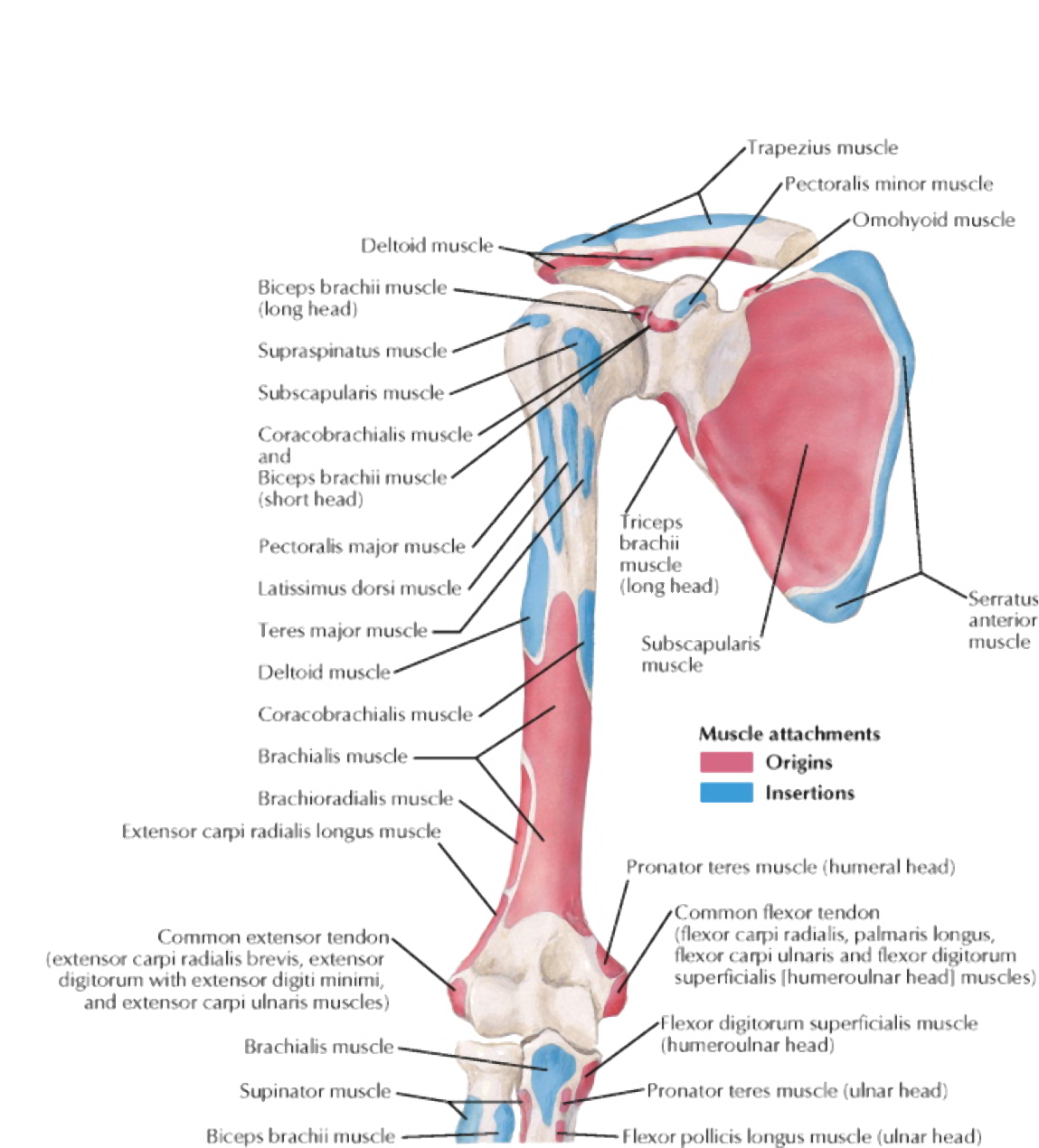
What is medical visualization?
Medical Science & order of magnitude
Model Creation
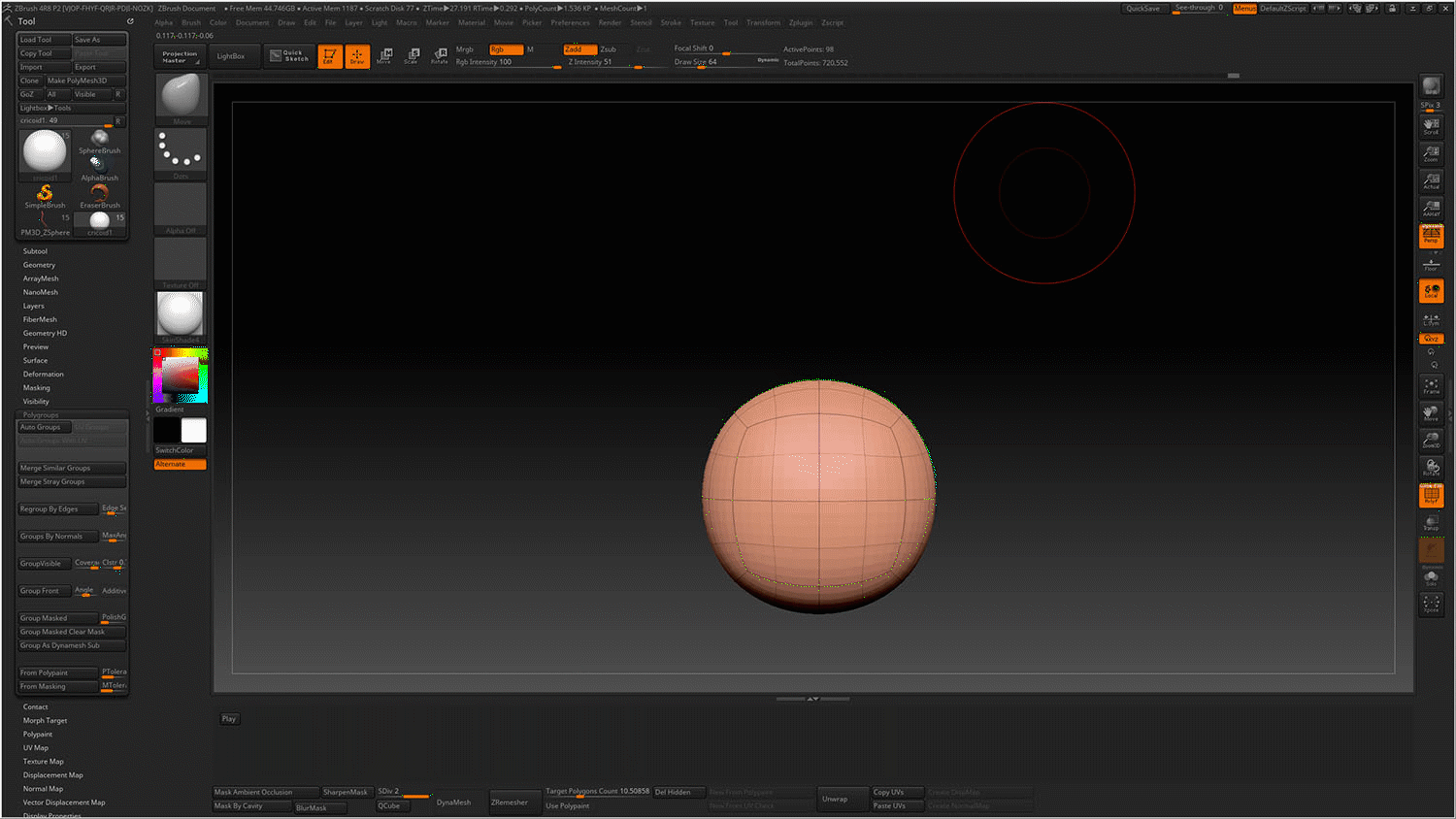
Lights, Camera, Action!
Each model is built in the virtual world. It's surface need to be described with color, material and texture. Lighting illuminates the scene to define the form and mood. A virtual camera captures the 3D environment, in some cases the camera is kept still so as not to confuse any story telling or compete with animation of objects on screen. Fundamental animation includes rotating, translating and scaling objects in space. Rigging is the term for the drivers of bone animation where underlaying forms deform the shapes viewed on screen.
Lights
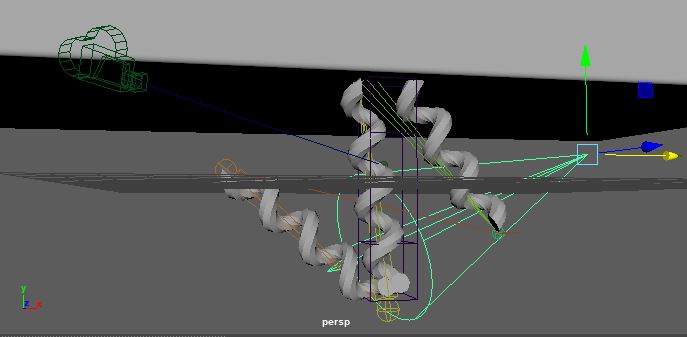
Camera
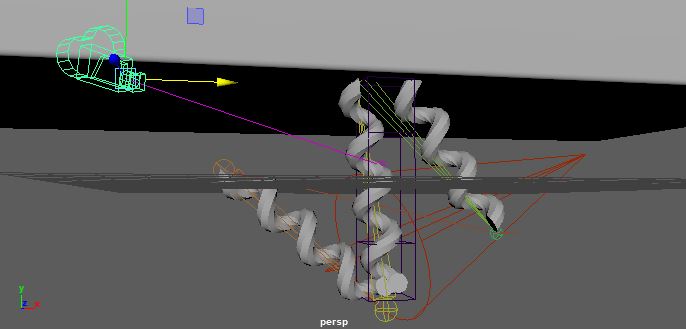
Animation (Rigging)
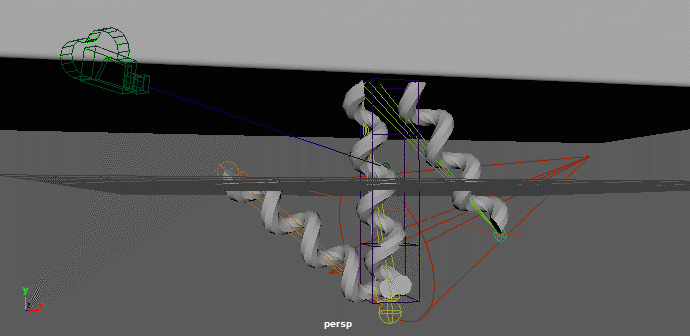
Rendering
Rendering image sequence
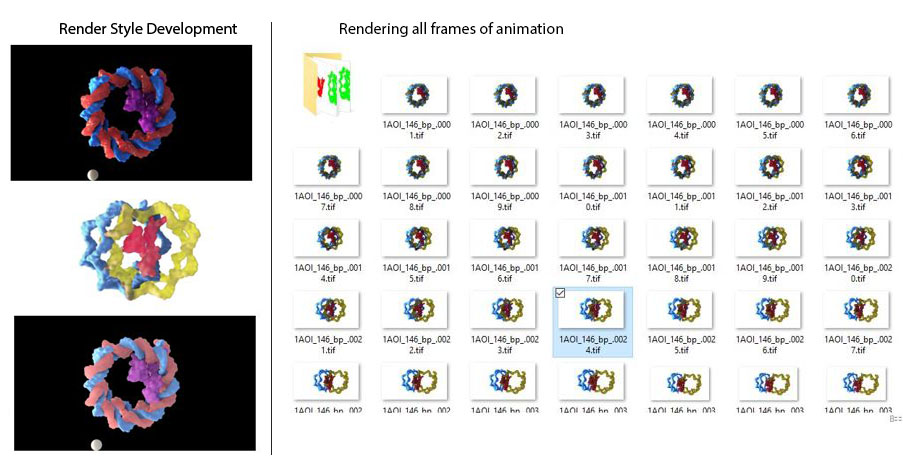
Wireframe vs. Rendered Animations
Post-Production
Compositing elements
In the production of an animation often many layers are created from various rendering sequences and overlaid information. Each one of these elements must be timed with keyframes to match the sequence. Text, leader lines and other descriptive overlays are also layered on at this time.
Items included in composite
Note how the composition flows from layers right the final composition on the left.

